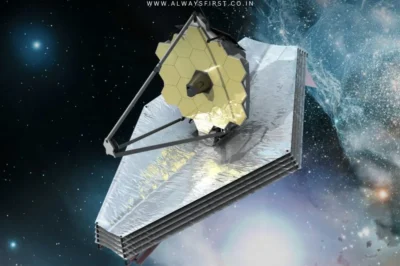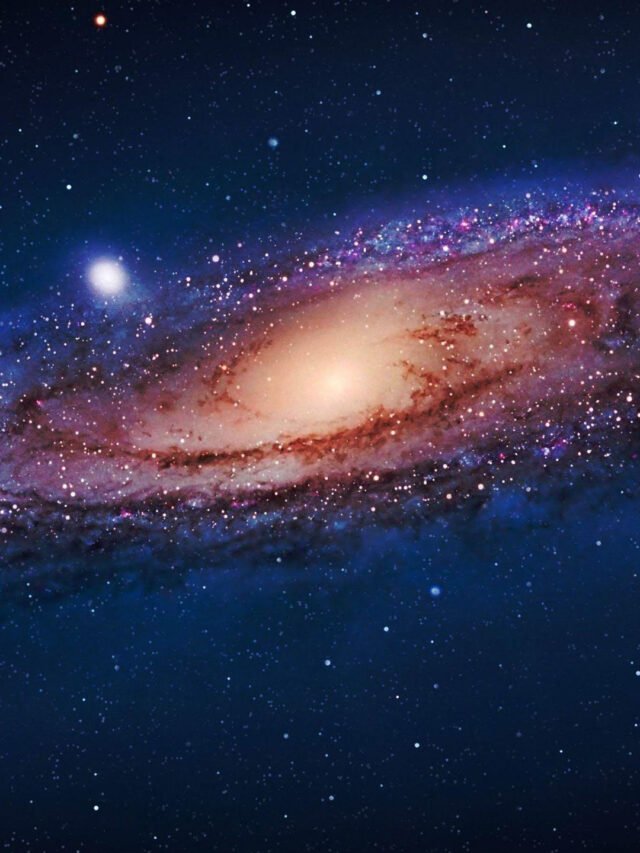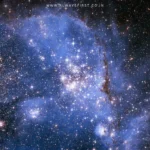Key Takeaways:
✅ Historic Discovery – Webb Telescope finds its first previously unknown exoplanet, a Saturn-sized gas giant.
✅ 110 Light-Years Away – Located in the constellation Antlia, it orbits a young star called TWA 7.
✅ Rare Direct Imaging – Less than 2% of exoplanets have been directly photographed—Webb’s tech makes this possible.
Webb Telescope’s Groundbreaking Exoplanet Discovery
In a historic first, NASA’s James Webb Space Telescope (JWST) has discovered an alien exoplanet that was previously unknown to scientists. The newly found world, roughly the size of Saturn, lies 110 light-years away in the constellation Antlia, marking a major leap in deep-space exploration.
Since its launch in December 2021, the Webb telescope has delivered unprecedented insights into the early universe and known exoplanets. But this is the first time it has directly imaged a planet that had never been documented before.
Why This Discovery Matters
Most of the 5,900+ exoplanets detected since the 1990s were found using indirect methods, such as observing a star’s dimming light when a planet passes in front. However, less than 2% have been directly photographed—making Webb’s latest finding a rare and significant achievement.
The breakthrough was made possible using a French-made chronograph on Webb’s Mid-Infrared Instrument (MIRI), which blocks out a star’s blinding light to reveal orbiting planets.
A Young Giant in a Distant Solar System
The newly discovered exoplanet orbits a young star named TWA 7, at a staggering distance 52 times farther than Earth’s orbit around the Sun. Both the star and planet are cosmic infants—just 6 million years old, compared to our 4.5-billion-year-old solar system.
Astronomer Anne-Marie Lagrange, part of the research team, emphasized the importance of this discovery:
“Webb opens a new window for observing exoplanets that were previously beyond our reach. This helps us understand how planetary systems form and evolve.”
While the planet’s atmospheric composition remains unknown, scientists are eager for future Webb observations to uncover more secrets. Lagrange added, “I hope direct imaging of Earth-like planets—and even signs of life—will soon become reality.”
As the Webb telescope continues its mission, each discovery brings us closer to answering one of humanity’s biggest questions: Are we alone in the universe?






































Leave a Reply